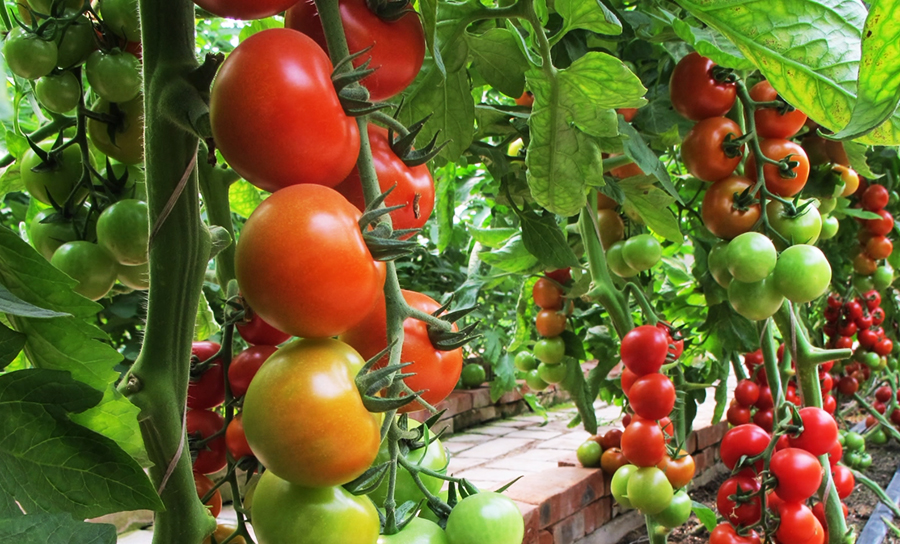LI Juan, TIAN Ping, LI Jianshe, GAO Yanming, REN Hui, CAO Shaona
Using single factor randomized block experiment,make saline water (EC=3 mS/cm)irrigation directly as control,to study effect on contents of mineral elements of tomato plants'roots,stems,leaves at fruit-set period,the early stage of full bearing period,later stage of full bearing period and different growing periods fruits of different irrigation methods of saline water.Results showed that:①These ten kinds of mineral elements in tomato roots,stems,leaves and fruits all showed regular changes.Six kinds of mineral elements contents in roots,stems,leaves were N,K,Ca greater than P,Mg,Na,in four kinds of microelements,the Fe,Mn was higher,next was Zn,Cu was the lowest;Except K,young fruits had the highest contents of five kinds of macroelement,the content of K was the highest in mature fruits.Microelements' content in fruits were Fe,Zn was higher,Cu,Mn was lower.In fruits,K was positive correlation with the other nine kinds of mineral elements.Na,Mg,Mn was antagonism with Zn,Cu,P. ② Saline water irrigation increased Na content of tomato root, stem, leaf and fruit in quality formation period, direct irrigation with saline water increased the maximum. Compared with freshwater irrigation, the total N content of all parts of tomato plant is also improved under saline water irrigation directly, but it was not conducive to the absorption and accumulation of N, P and 4 kinds trace elements of tomato fruit. Fresh water irrigation is beneficial to improve the content of P, K and Zn in each part of the plant, and promote the uptake and accumulation of N, P, K and Fe, Zn of tomato fruit. The content of Ca, Mg and Fe in each part of the plant can be improved when use saline water and fresh water rotation irrigation according to plant growth periods, Ca and Mg content of tomato at young fruit period and mature period are also higher under saline water freshwater irrigation in sequence and rotation irrigation according to plant growth periods. The contents of Cu and Mn in each part of plant are higher when use mixed water irrigation and saline water fresh water irrigation in sequence, so the content of Cu under mixed water irrigation and the content of Mn under saline water fresh water irrigation in sequence in the fruit are also higher at fruit quality formation period. So,using saline water irrigation in a short time or decreased the EC of saline water (rotation irrigation,mixing water irrigation)could avoid the negative influence of saline water and supplement the necessary elements of plants,they were N,Ca,Mg and Fe,Mn,Cu and so on.
